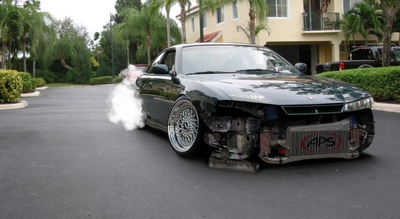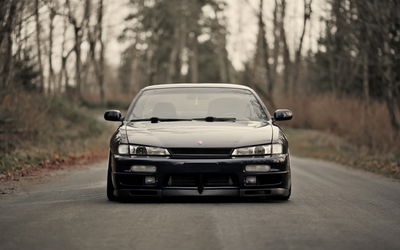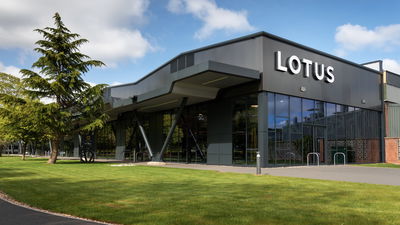6 Reasons Why The Nissan Silvia Is A JDM Superstar

1. It has an amazing heritage

It all started with the Nissan Silvia CSP311 in 1964. These hand-built beauties cranked out a heady 96bhp from their 1.6-litre four-banger. Thanks to the twin SU carburettors, they sound like proper classics with a lazy, bumbling idle and thrummy note as you push through the revs. Nissan, always one to try something different, actually conceived the 1979 S110 Silvia with a rotary engine, however they couldn’t make it reliable enough and ultimately went with a conventional inline-four.
The first mass production Silvia came about in 1975 and has since evolved into one of the most iconic Japanese sports cars ever created.
2. It's lighter than feather

Carrying less weight than a Honda S2000, the Silvia is as light and nimble as a sports coupe can get. Strip out some excess weight and you could easily go as low as 2500lbs. If you dig deep enough into owners forums, you’ll find rumors of cars below the 2000lbs mark. That’s Lotus Elise terrirtory! Paired with a punchy engine, you’ve got a seriously competitive power-to-weight ratio.
3. There's an insane amount of parts available

Finding a stock Silvia is about as likely as finding a virgin at college. The availability of new and second hand parts is huge and owners are not afraid to take advantage of this. If something goes wrong, you’ll easily find a second hand replacement on eBay or the local owner’s club forums. The huge support for this car on the market made it one of the most popular cars among young tuners.
4. It's ripe for tuning

The popular SR20DET provides an amazing basis for tuning. WIthout doing anything overly complicated, you can easily get up to 300bhp still using the stock turbo, cams and internals. In addition to turning up the boost, breathing mods can yield some extra horses too. A decent induction kit, a big-bore exhaust and a less restrictive front-pipe and turbo elbow will be like Ventolin to an asthma patient. If you want even more power, you’ll have to increase the boost with a bigger turbo and make friends with turbo lag.
While a mid-engined “Silvia” was never put into production, there were convertibles available for the S13 and S15 generation, dubbed Varietta. The changes in weight and structural rigidity made it hard for Nissan to justify the hefty price tag. A three-door hatchback option was also offered for the S110, S12 and S13 generations and are quite sought after to this day.
In addition to the naming nightmare due to various export and sister variants (180SX, 200SX, 240SX), some models’ production overlapped - the great outcome of this for the modified scene was that front end designs are interchangeable between model years.
6. It's perfect for drifting

The Silvia’s FR layout and long wheelbase make it an ideal drift car. The transitions are slower and more stable, and the angles are deeper. With a near 50/50 weight distribution, the handling is neutral and predictable, and the back end can be kicked out without too much of a pendulum effect. Silvias were mostly shipped with open, viscous and helical LSDs, but fear not, there is a large availability of two-way differentials for those who prefer going sideways.













Comments
No comments found.